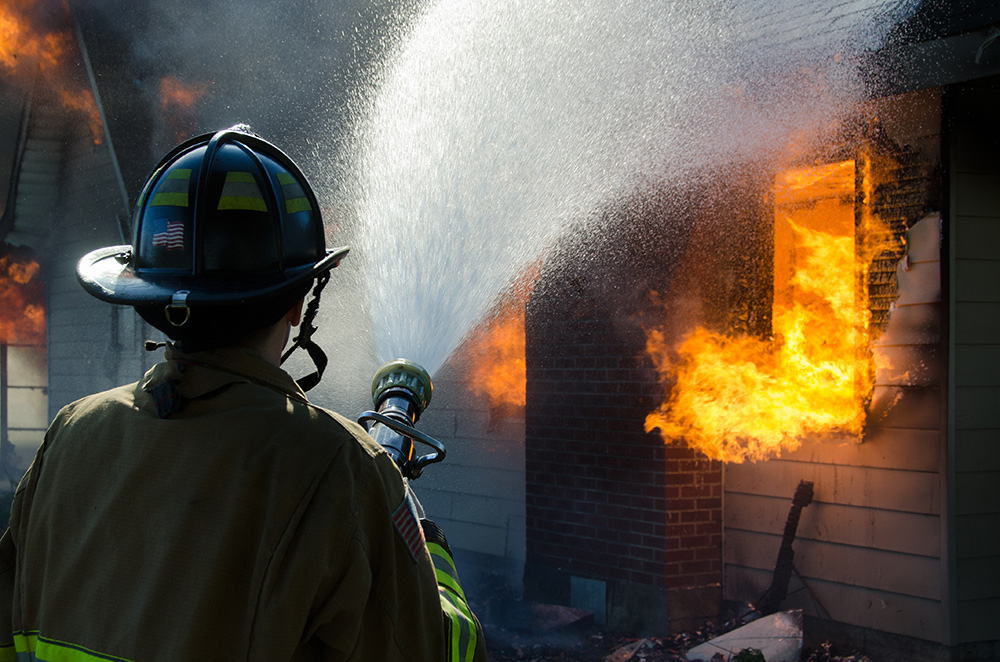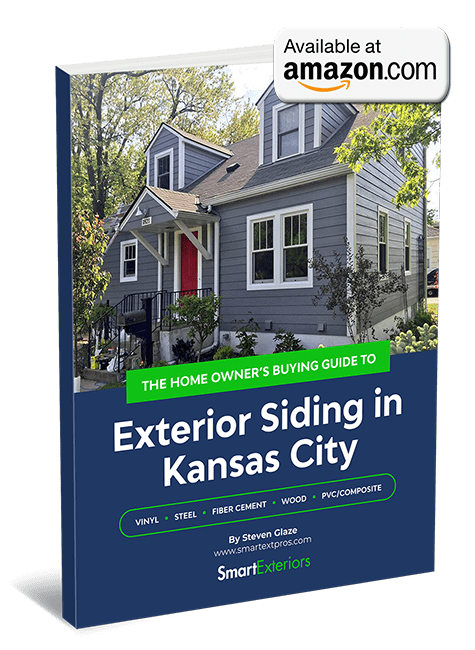The loss of your home due to fire is probably one of the greatest fears for a homeowner. Your family means the world to you, and you work hard to pay your mortgage. However, along with your home insurance, you can take further steps to protect your greatest asset. One of the best options is to install a fire-resistant siding like fiber cement. Here we look at what siding will protect your home against fires.
What Is Fiber Cement Siding Made of?
Fiber cement siding is a highly durable, noncombustible siding. It is made of cement, sand, and cellulose fibers that stand up to all kinds of weather, high winds, pests, and changing temperatures. Along with all of these benefits, it is also not just fire-resistant, but completely non-combustible. Non-combustible means fiber cement won’t burn or ignite due to fire or extreme heat.
Fire-Resistance: Fiber Cement vs Other Siding Materials
If you go with other siding materials, you may be putting your family and home at risk. Here are the basic fire-resistance issues with other types of siding and how they compare to fiber cement:
Wood Siding
As you can imagine, even contact with embers can set wood siding on fire. If you live in an area with a risk of wildfires, or even in a neighborhood where homes are not spaced far apart, wood siding can ignite as it is naturally combustible. Fiber cement is naturally fire-resistant with a Class A fire rating.
Vinyl Siding
Vinyl siding is quickly damaged by high heat sources from as far away as 40 feet. This means in the average neighborhood your house is at risk should a neighboring home catch fire. Also, if you have trees or a forested area surrounding your home, the heat generated can also cause the plastics in your vinyl siding to melt. But melting is not the only risk. Once the vinyl melts, it exposes the walls below allowing flames to spread quickly.
Fiber cement, being made from a combination of cellulose fibers, cement, and sand is naturally resistant to damage from heat, and so will not warp or buckle.
Aluminum Siding
Aluminum offers limited protection, as with high temperatures it is prone to buckling or warping. As a result, it won’t be long before the fire spreads to the wood and insulation below.
Fiber cement is durable by nature and not prone to buckling or warping, ensuring that your home is better protected from the heat and flames of a fire, giving your family precious time to get to safety.
As you can see, fiber cement siding offers great fire resistance when compared to other siding materials.
James Hardie Siding: Fire-Resistant Fiber Cement Siding for Kansas City
James Hardie fiber cement siding has helped protect over 8,000,000 homes across the U.S. Its popularity stems from the fact it has a Class A fire rating. This rating means it will hold up to the types of heat generated by fires for hours without experiencing any melting. As a result, it slows fires from spreading, while also protecting against neighboring or wildfires.
If you live in an more rural area where it takes longer for the fire department to arrive, James Hardie siding buys you more time to avoid severe damage. Although it is impossible to protect your home from total loss when faced with fire, James Hardie siding gives you the best chance against total loss.
For more information on James Hardie siding, speak to the Elite Preferred James Hardie Contractors at Smart Exteriors today.

